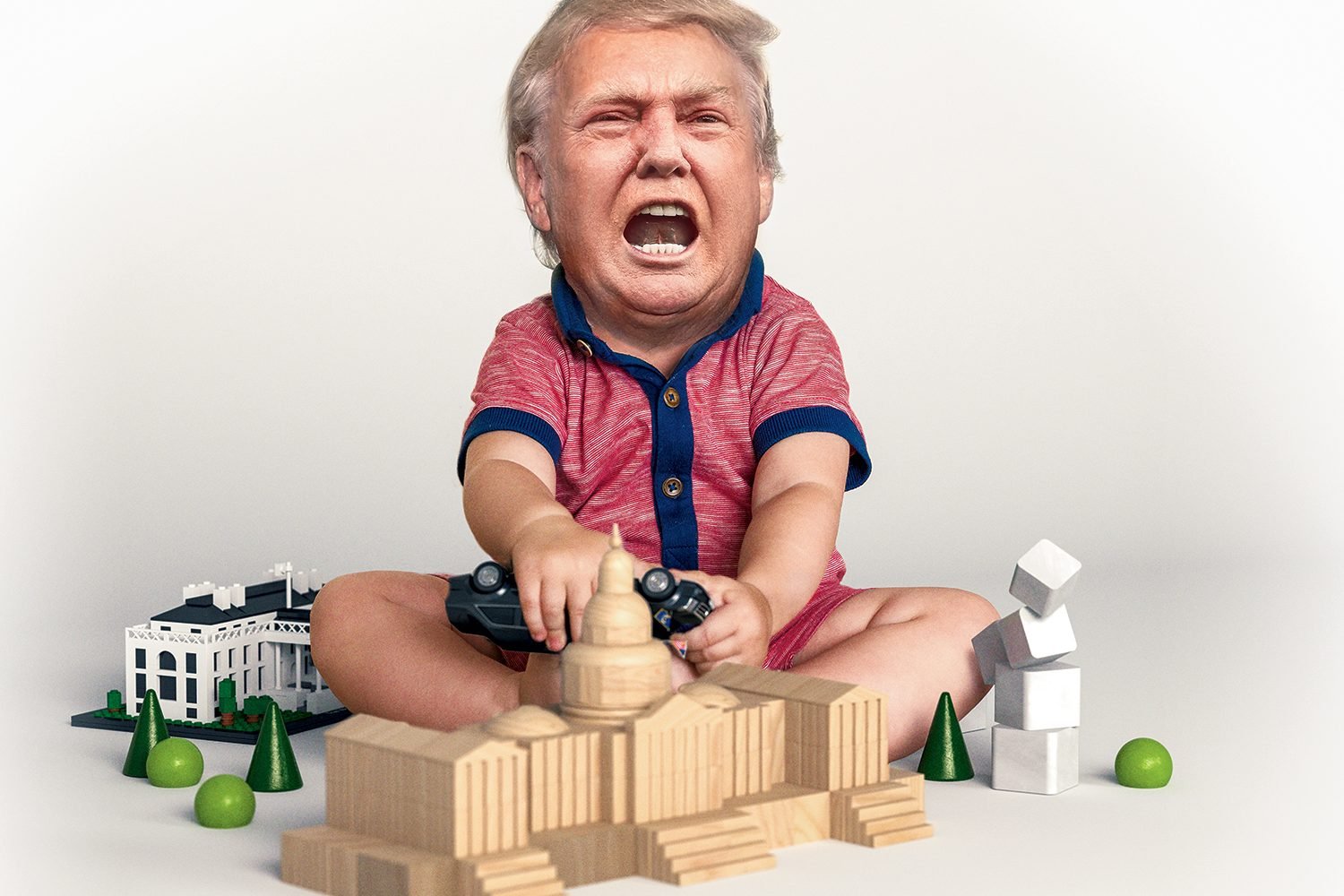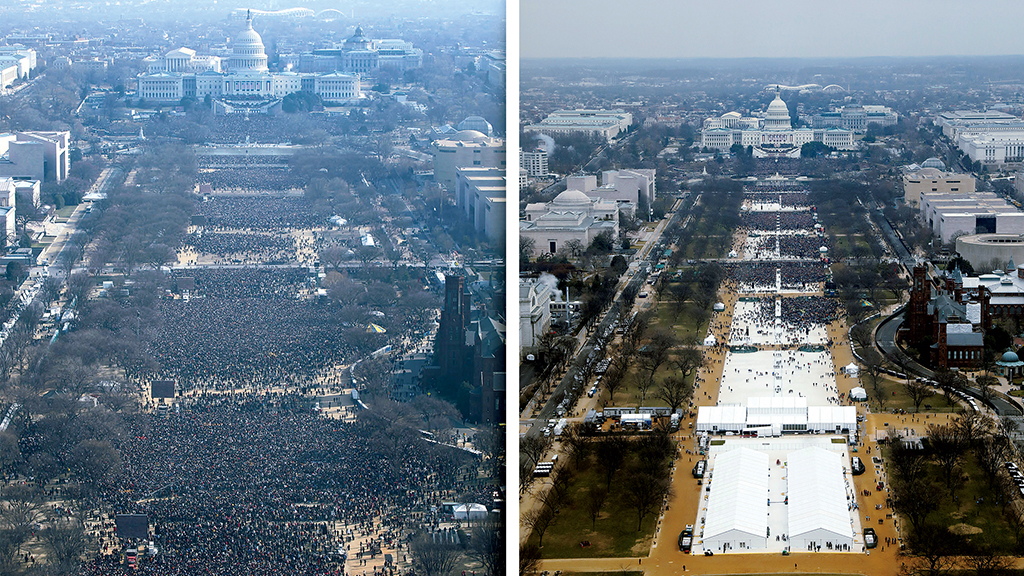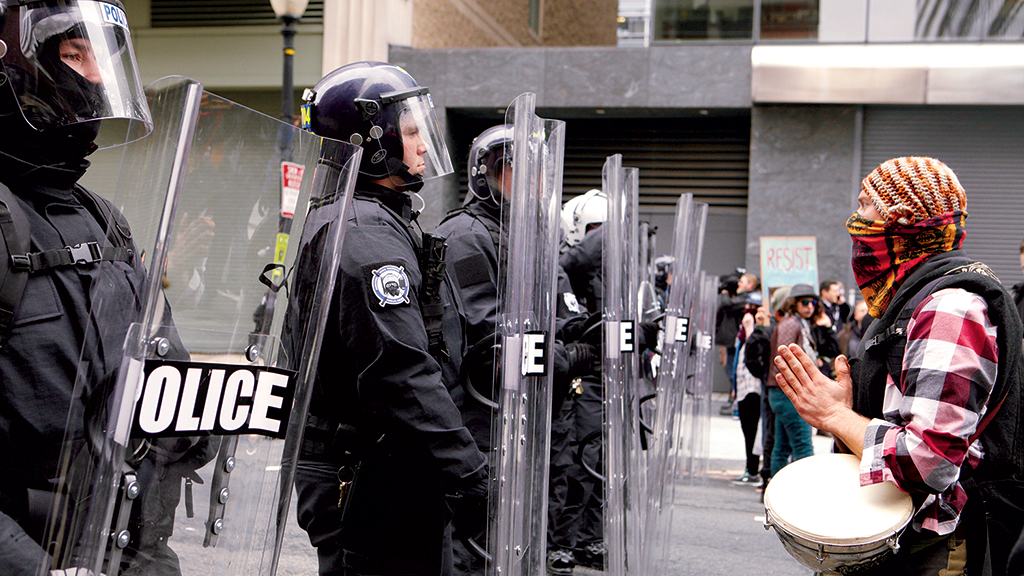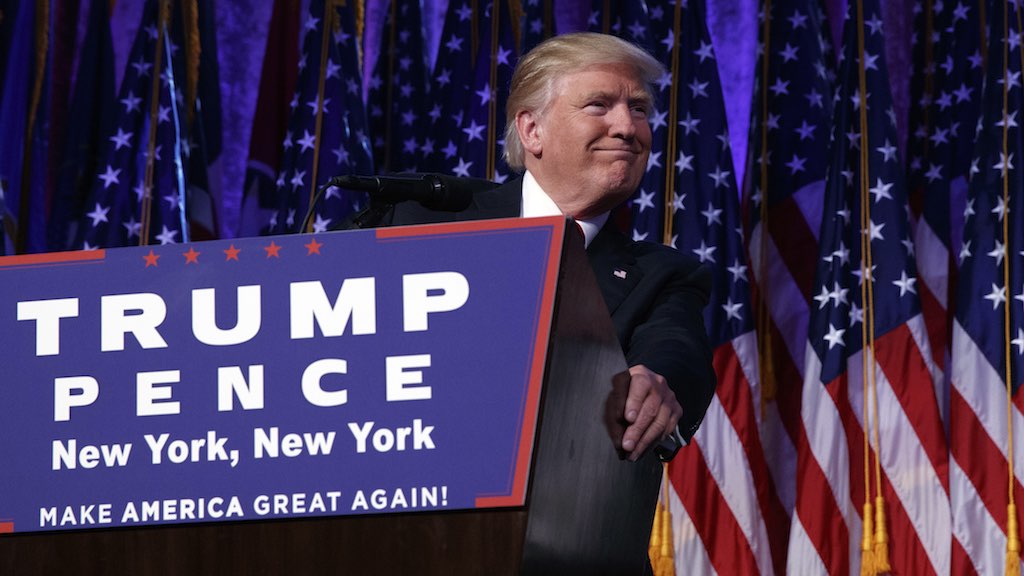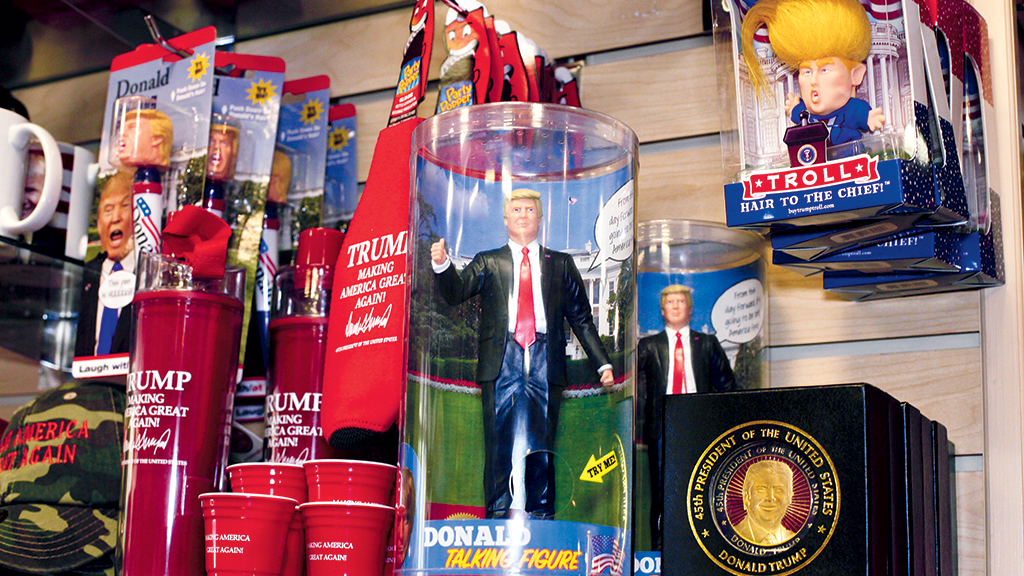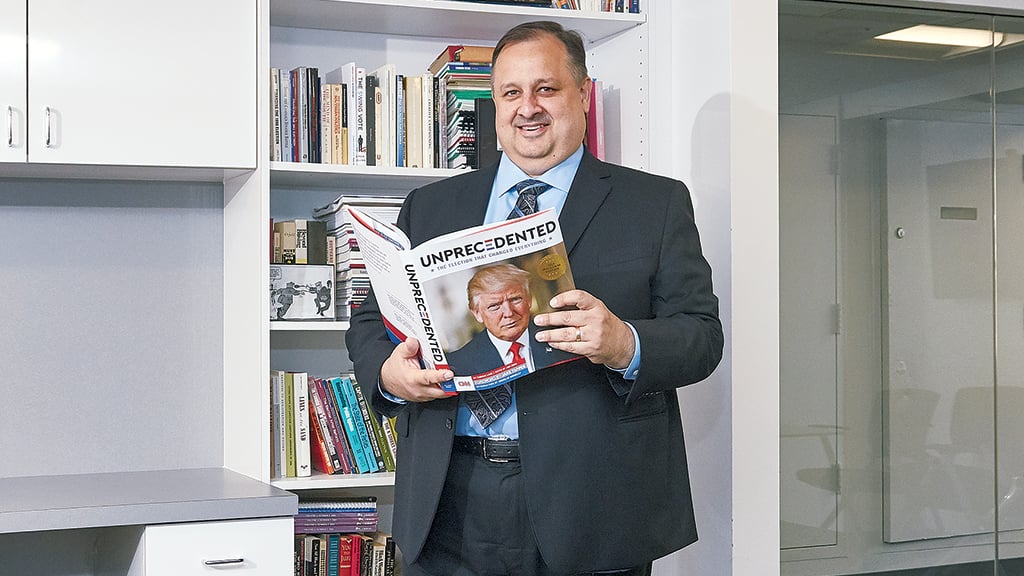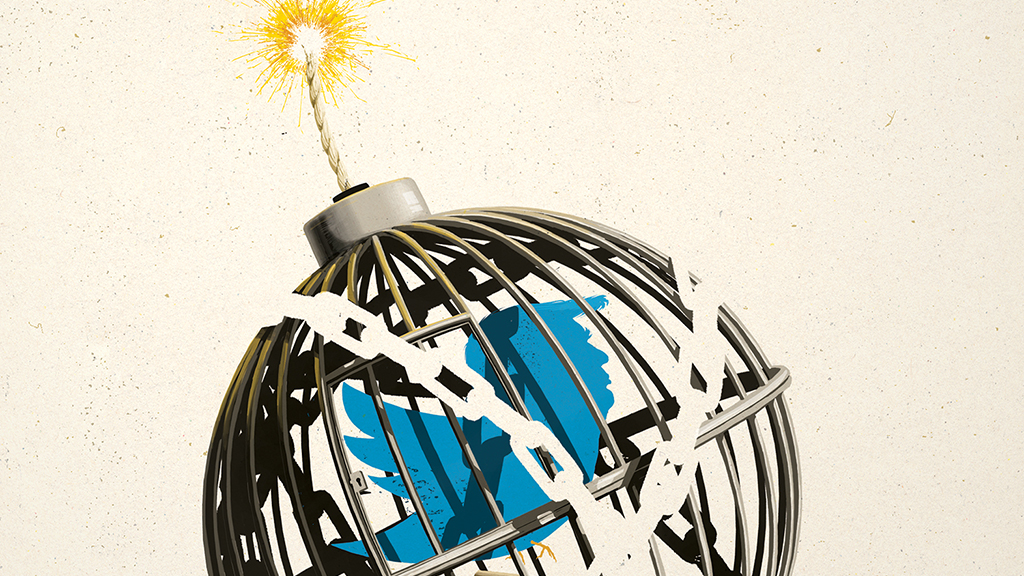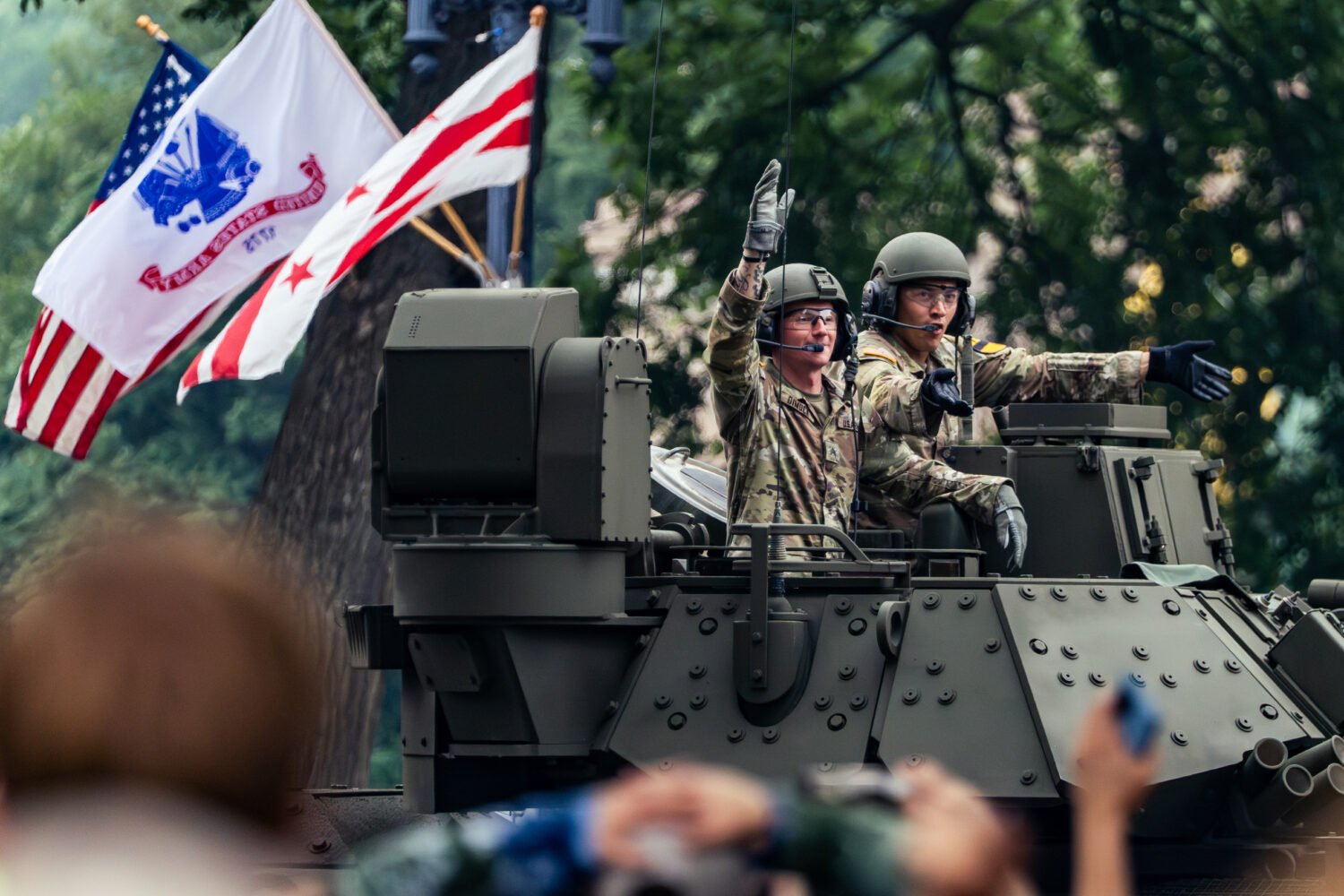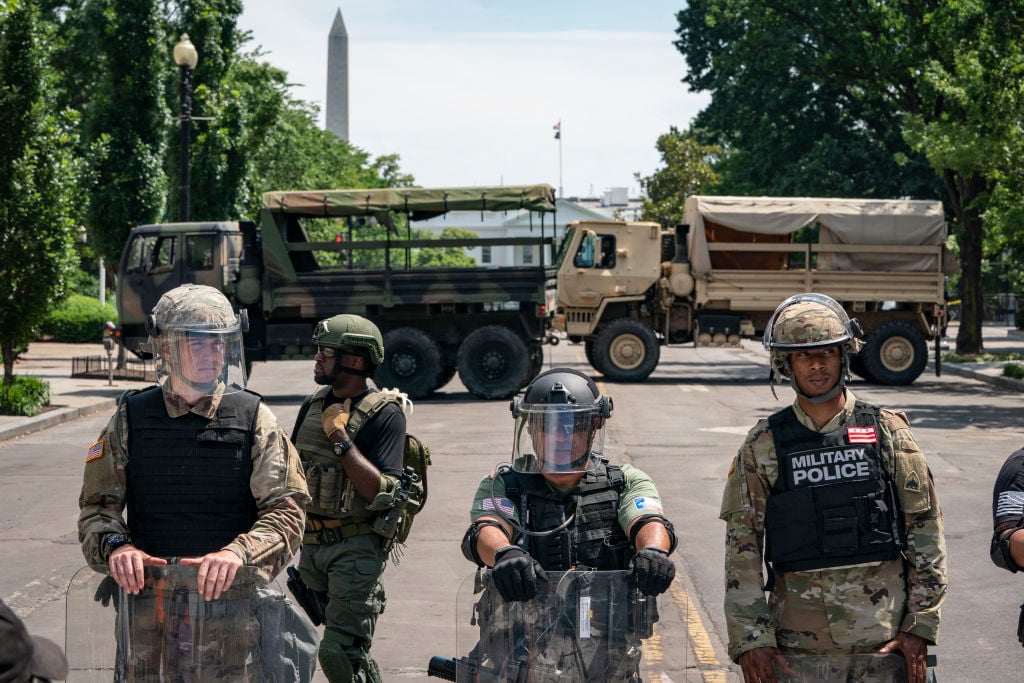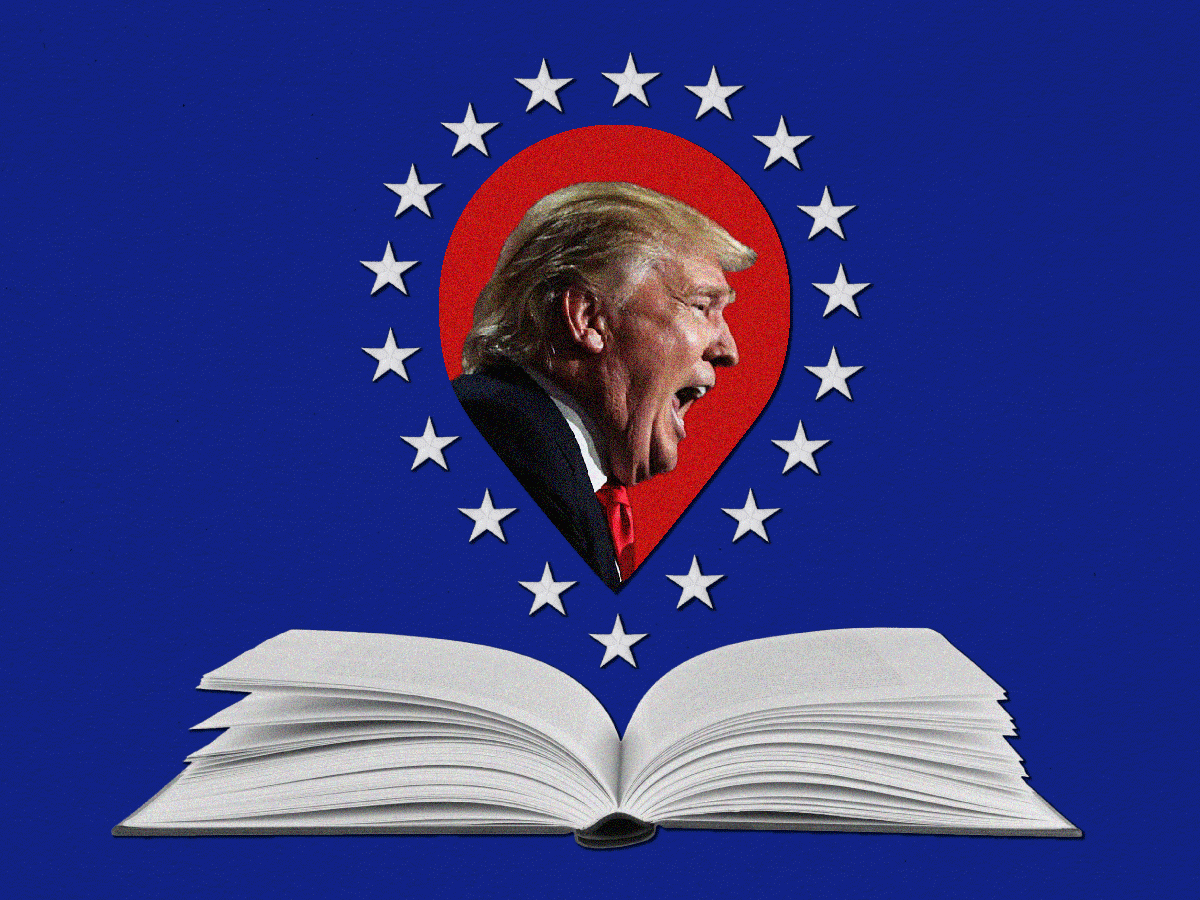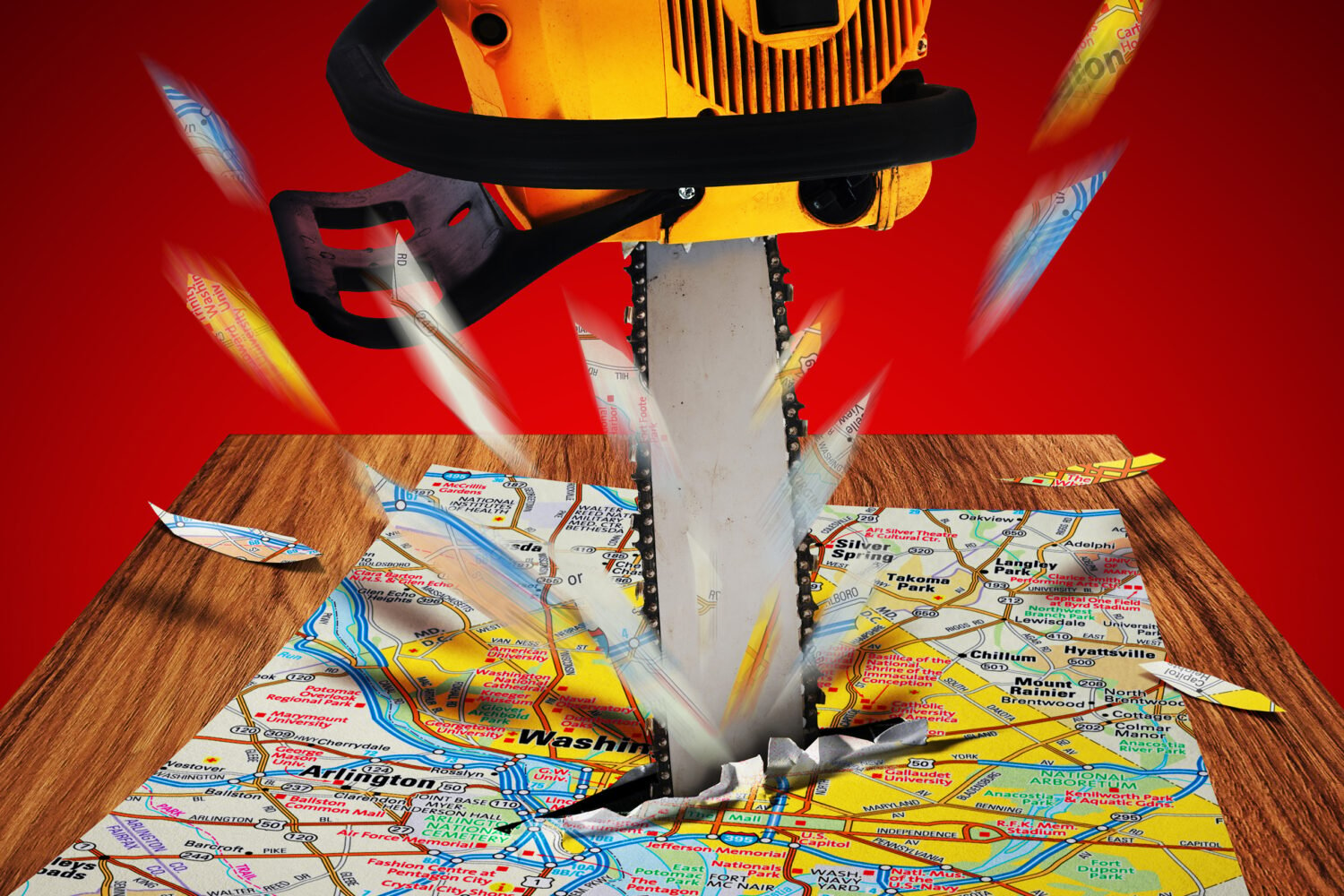Remember when everyone was talking about inaugural-crowd size estimates? Think hard now: Side-by-side pictures of Barack Obama’s inauguration and Donald Trump’s? A presidential phone call to a Park Service higher-up? The press secretary’s blanket declaration that it was the biggest audience in history?
That all happened—what? Six, seven years ago? Alas, no. It was within this very calendar year, albeit before everyone was talking about the travel ban, Neil Gorsuch, Robert Mueller, the Obamacare repeal bill, the Comey hearings, the Paris accord, the other Obamacare repeal bill, the North Korea nuclear crisis, the Charlottesville Nazi rally, DACA, Hurricane Harvey, Hurricane Irma, Hurricane Maria, the Las Vegas shooting, the Mueller indictments, and the New York terror attack.
It was also before everyone was talking about reports that Trump had berated the prime minister of Australia, shoved the premier of Montenegro, engaged in competitive handshakes with the president of France, accused Barack Obama of wiretapping him, and been variously furious at Sean Spicer, Steve Bannon, Jeff Sessions, H.R. McMaster, Rex Tillerson, Reince Priebus, Gary Cohn, John McCain, Bob Corker, Mitch McConnell, Stephen Curry, the intelligence community, CNN, NBC, the New York Times, the Washington Post, and the mayor of San Juan.
There are plenty of people—even in our deep-blue region—who view the Trump presidency as a much-needed disruption of the status quo. There are others who shrug and assume that the carnival will eventually move on. And, of course, there are people who are horrified and frightened by the events of 2017. But one thing we figure they’d all agree on: It’s been exhausting!
Nowhere more so than in Washington, the town whose biggest industries have been most affected by the new normal, a place where actual people’s actual jobs are being changed, eliminated, reimagined, or threatened. Someday, historians will write about the big national issues in play—health care, the tax structure, national security, nuclear war, the survival of American democracy.
But as the clock runs out on the Year of Trump, we have a more modest ambition: tracing the history of our city’s consciousness in a year when news—the real kind as well as the kind that didn’t exist before the Twitter presidency—came faster than ever.
This article appears in the December 2017 issue of Washingtonian.
-
A look at how our city has dealt with 12 exhausting months.
-
This was a banner year for street protests—and Washingtonian photographer Evy Mages was there for all of them. Here’s some of what she saw.
-
Protests, billionaires, gun-toting conspiracy theorists, and tweets: a highly abbreviated timeline of how Washington lost its mind under the 45th President.
-
"A lot of people express that they don’t like Trump, even ask us why we are selling the merchandise, but we are just business owners.”
-
Four unlikely celebs in Trump-era Washington.
-
Think 2017 was weirder than fiction? We asked 5 novelists to imagine Trump's next year.

